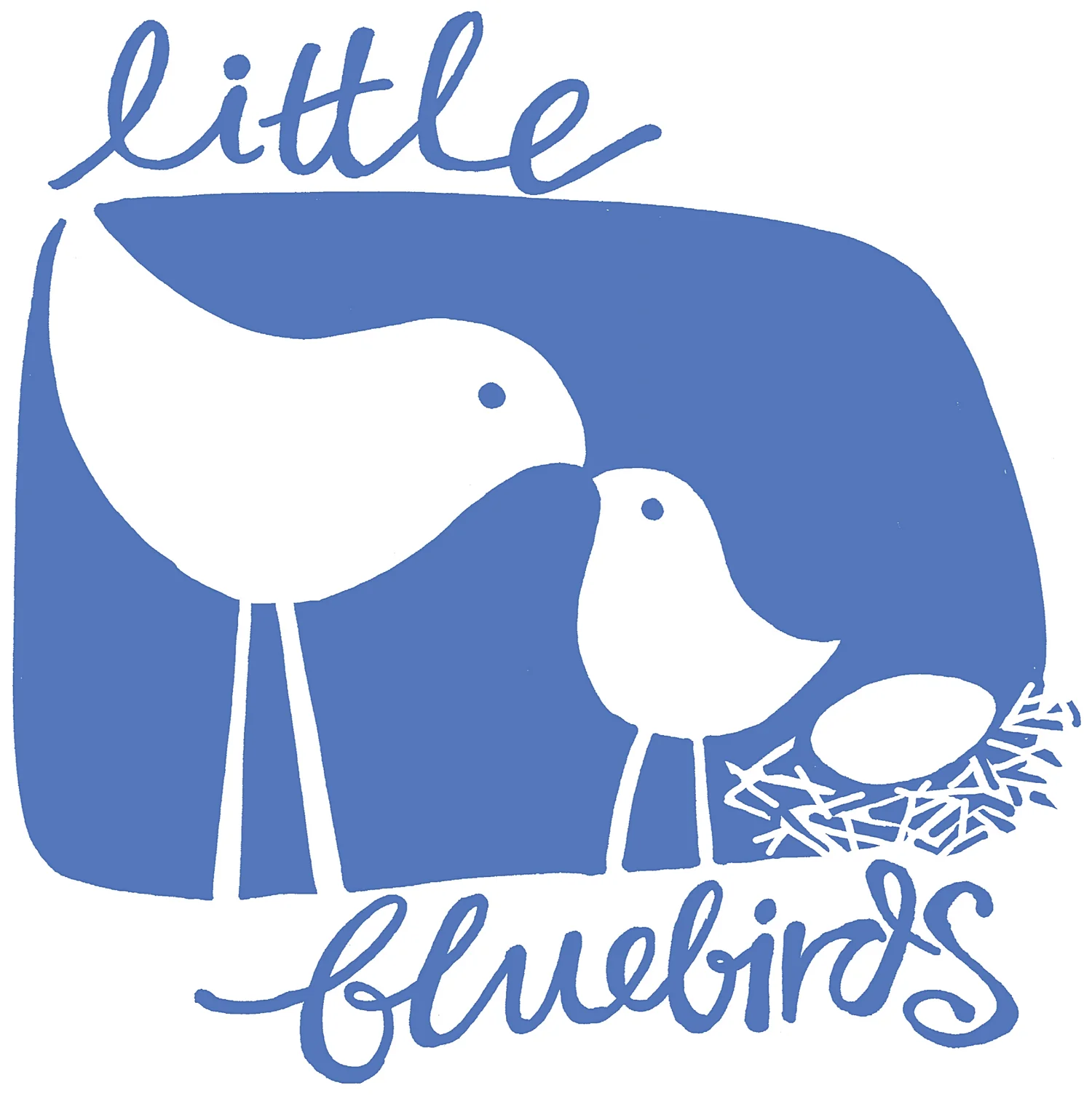Bubble rapt
I’m always rapt when I can intercept scraps that are on their way to the bin and use them for art-making.
I’m rapt firstly because such materials are cost-free and readily on-hand for those times when the kids are feeling creative.
I’m also rapt because re-purposing these scrappy materials can prompt a special sort of creative problem-solving that differs from other ready-made or formulaic art/craft activities. When you offer random materials to your children you invite a special kind of open-ended creativity - there’s not necessarily a finished product to be achieved, there’s no right or wrong, rather there is simply a colourful and tactile process to be explored.
Make some bubblewrap printing tools… see below.
Bubble wrap is one such material.
I’m old enough to remember when bubblewrap seemed like an exciting novelty: “Mum, pleeeease can we pop the bubbles?!”.
Now it’s an everyday item that finds its way rather sneakily into households, and while it’s handy to re-use, it can be hard to store. In fact, its bulky structure is both its asset and its downside.
Invented way back in the in the 60s it must have been a game-changer. Sealing two plastic sheets to trap air in little pillows that will cushion fragile objects is deceptively clever. Now we are acutely aware of the consequences plastics have for the environment as they break down very slowly, contaminating soil and waterways. As a soft plastic, bubblewrap is tricky to recycle and not usually collected in local government re-cycling bins, and its bulkiness also makes it a problematic landfill.
Clearly this is a product to use responsibly, and re-use as often as you can… but the next time some comes your way, save a few pieces for the kids. The impervious surface and unique texture of bubble wrap make it a quirky tool for some easy printmaking. Just by adding a layer of paint those bubbles become a printing surface that creates a fun and unique polka-dotted pattern.
Here are some easy ways to get creative with bubble wrap:
Cut some bubblewrap pieces and offer them along with some paint on a plate, some sheets of paper, a wide brush and/or a roller.
Paint directly onto the bumpy side of the bubblewrap and stamp it onto paper.
Create some tools… wrap some bubble wrap around a rolling pin and fasten it with tape. Add paint and roll it across a sheet of paper.
Wrap some bubble wrap around a cardboard box and fasten it with tape. Add paint and stamp onto a sheet of paper.
Attach a section of bubble wrap to the end of a plastic cup and fasten with a rubber band or tape. Coat with paint and use to stamp onto paper. Circles within circles.
Wrap some bubble wrap around a rolling pin and fasten it with tape. Add paint and roll it across a sheet of paper.
Alternatively you can work in reverse - tape a piece of bubblewrap to a table then add paint directly onto it with brush or roller. Place paper on top, rub on the back with your hands, then quickly peel back the paper to reveal a print. Repeat until paint is used, then re-coat the bubble wrap and try again and again.
Experiment with colours. The painted papers made in this method look great on greeting cards and wrapping paper, chopped for collage, or used as a base for some drawing.
A piece of bubble wrap can be used for printing over and over, and the thin layer of paint dries quickly. Encourage the kids to explore, experiment, bet messy… and most importantly, have fun!







